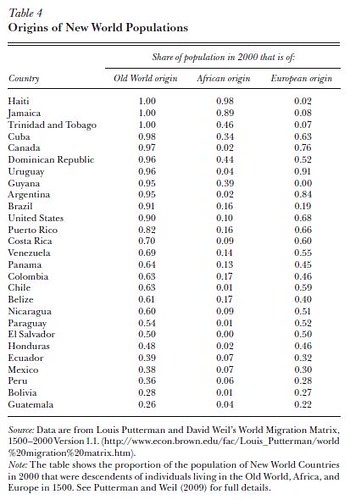The Sir Casimir Gzowski Park, occupying the western end of Sunnyside Beach is a beautiful destination in itself, the strand caught between sea and park. The views this park offers of the world beyond, of the skyline of Toronto around and of the deep blue sea of Lake Ontario to the south, are inspiring.
















